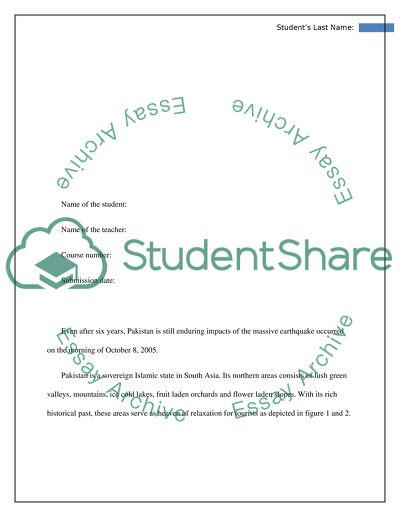Cite this document
(“Natural Disasters Research Paper Example | Topics and Well Written Essays - 2000 words”, n.d.)
Retrieved from https://studentshare.org/environmental-studies/1437170-natural-disasters
Retrieved from https://studentshare.org/environmental-studies/1437170-natural-disasters
(Natural Disasters Research Paper Example | Topics and Well Written Essays - 2000 Words)
https://studentshare.org/environmental-studies/1437170-natural-disasters.
https://studentshare.org/environmental-studies/1437170-natural-disasters.
“Natural Disasters Research Paper Example | Topics and Well Written Essays - 2000 Words”, n.d. https://studentshare.org/environmental-studies/1437170-natural-disasters.


